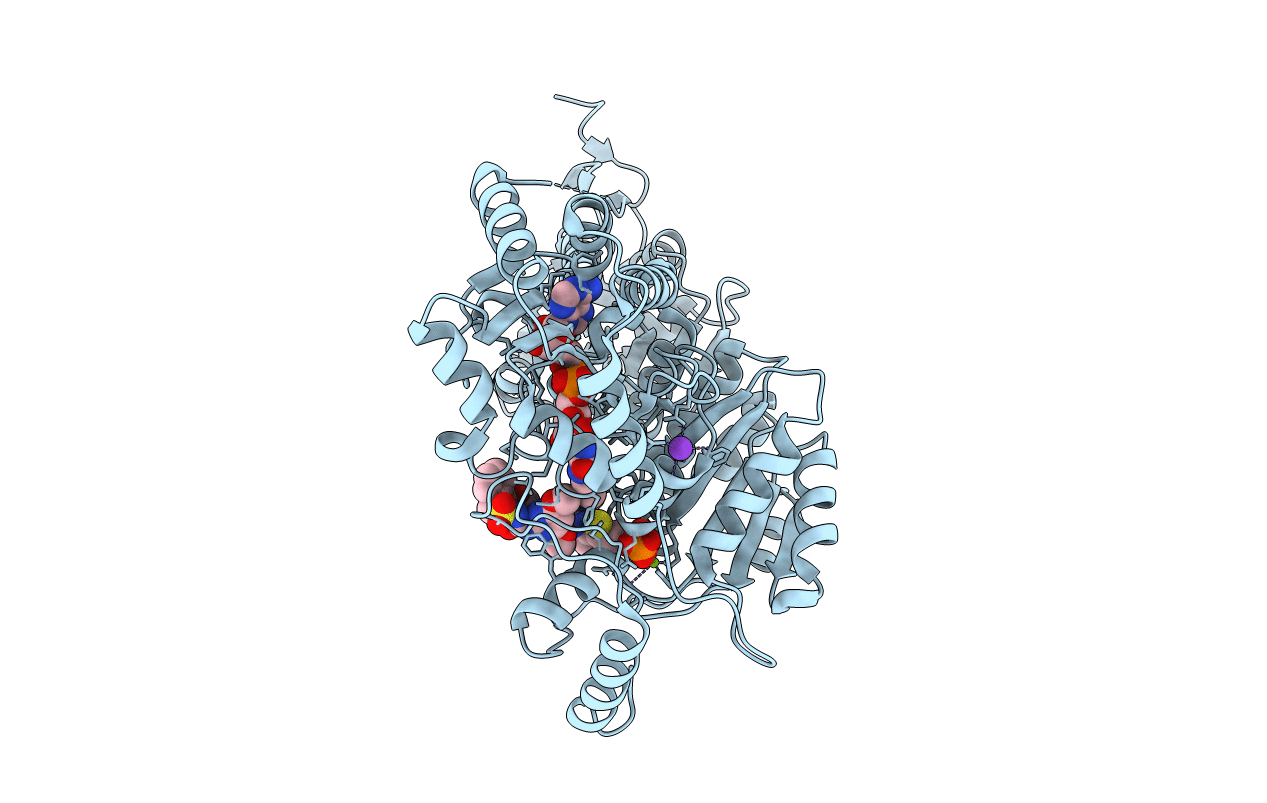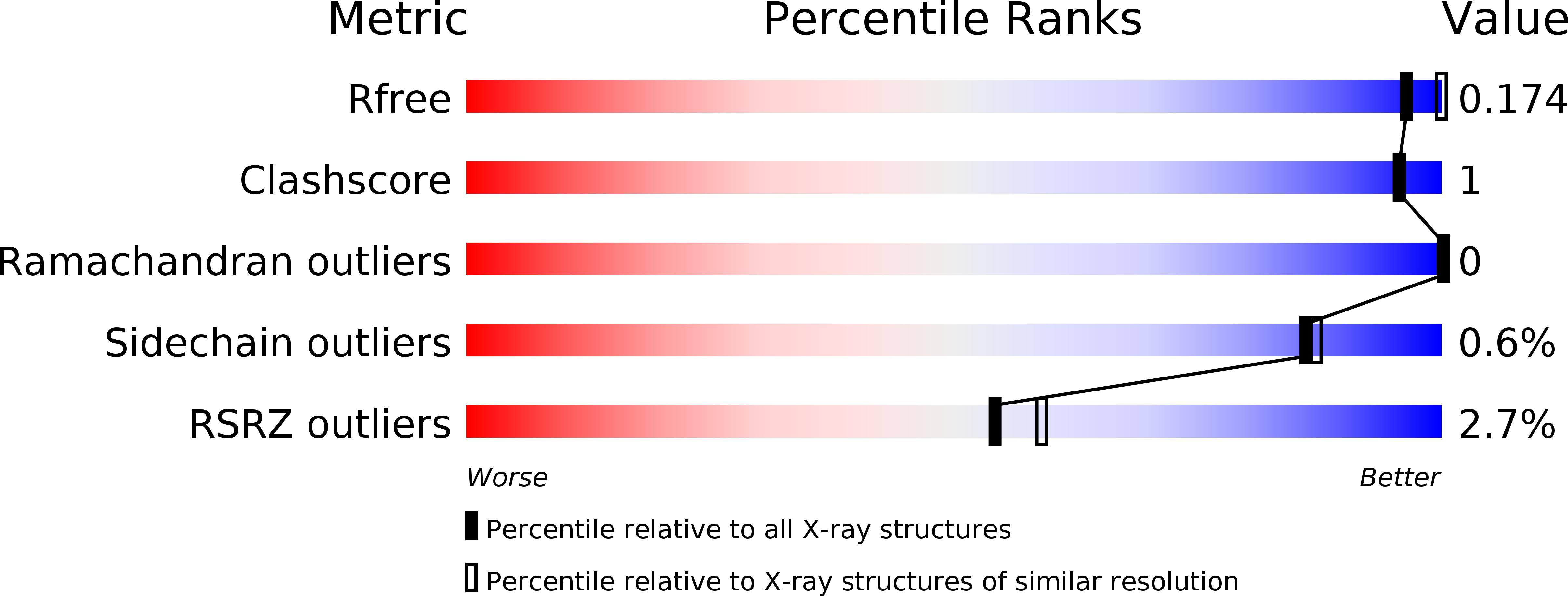
Deposition Date
2018-05-12
Release Date
2018-09-26
Last Version Date
2023-10-11
Entry Detail
PDB ID:
6DEM
Keywords:
Title:
Crystal structure of Candida albicans acetohydroxyacid synthase in complex with the herbicide bensulfuron methyl
Biological Source:
Source Organism:
Host Organism:
Method Details:
Experimental Method:
Resolution:
2.04 Å
R-Value Free:
0.17
R-Value Work:
0.14
R-Value Observed:
0.14
Space Group:
P 62 2 2


